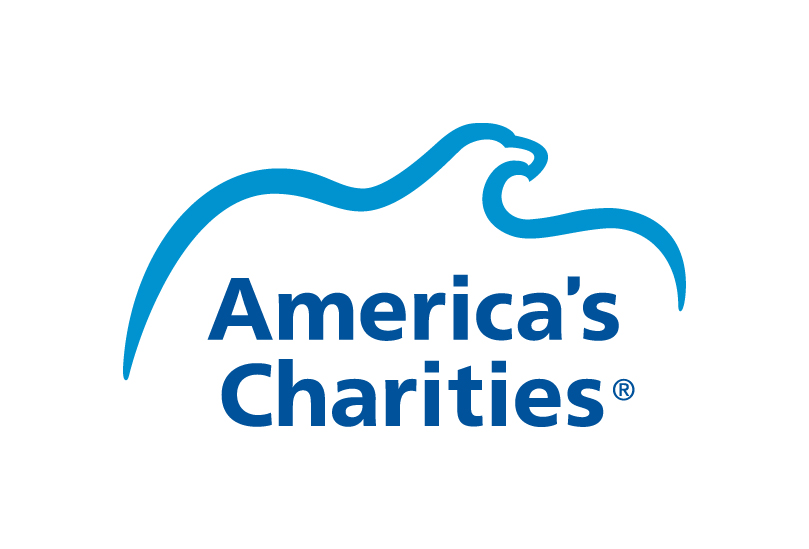How Employers Can Address Employees’ Financial Hardships, Wage and Income Loss, Medical Bills, and Other Needs Due to COVID-19

Childcare. Utilities. Medical bills. To many of us, these are just typical, everyday costs of living and working. For others, these are a few common causes behind financial hardship, often forcing someone to choose between medicine, electricity, food, or shelter. In some dire situations, these can even be the make-or-break reasons that lead to someone becoming homeless.
The onset of the novel coronavirus (COVID-19), which has exponentially spread throughout the U.S. in just a couple of weeks, has only compounded these existing hardships, which employees nationwide have been grappling with for years.
With unprecedented ‘shelter in place’ and ‘social distancing’ restrictions enforced across the country, some individuals have found themselves suddenly jobless or temporarily living with drastically-reduced wages, whereas others are left figuring out how to continue working from home – while simultaneously having to care for their children or elderly parents.
As insurmountable and surreal as all of this seems, there is a solution companies can deploy to help their employees through all of this. It’s called an Employee Assistance Fund (EAF). Also known as an Employee Crisis Fund or Employee Hardship Relief Fund (it goes by many names), an EAF is a fund companies can set up to help employees and their families overcome financial hardships and emergencies.
In the last couple of weeks – even in just the last few days really – our team here at America’s Charities has seen a tremendous surge in employers reaching out to us about setting up an EAF. It has been overwhelming, in a good way. In a time with so many unknowns surrounding COVID-19-related health scares and the economy, it is uplifting to see the outpouring of companies who want to help health-care professionals, frontline workers, and the community through employee giving, and who truly care about their teams’ well-being and health.
All of this is inspiring, and we will continue to be here for employers who want to help their employees, and for employees who want to support nonprofits addressing all of these issues – especially as it relates to COVID-19 response efforts in the community.
With the uptick in companies reaching out to us about EAFs, there are some common questions and use-cases we’ve been hearing that we think should be addressed and clarified.
While an EAF can certainly be used to address a wide range of employee hardships, there are restrictions companies should be aware of.
“Many employers approaching us right now specifically want to set up an EAF as a way to replace lost income for those impacted by COVID-19. While an EAF technically does that, there are nuances on how it needs to be set up,” stated Jim Starr, president and CEO of America’s Charities.
Jim has personally been fielding many of the EAF requests that America’s Charities’ business development team has been swelled with recently. With the influx of EAF requests, I asked him if he could share some important things companies need to consider as they explore setting up an EAF, specifically as it relates to COVID-19.
Here are some highlights of what he had to share:
- An EAF is Not to be Used to Replace Lost Wages. Some companies approaching us are in a challenging position where they have to lay off employees. Naturally, they want to do anything they can legally do to get money to those employees to replace lost wages. But an EAF cannot simply replace lost income. It CAN, however, be used to cover expenses that a person is unable to meet as a result of that income loss. For example, let’s say an employee has a loss of $2,000 in household income due to lost wages because of coronavirus. While an EAF can’t directly replace that income loss with a $2,000 grant, the EAF can provide a grant to cover rent or essential utility bills. For purposes of this example, let’s say those bills total $1,000. The company’s EAF can be used to grant a $1,000 for those bills. So, while the money granted through the EAF isn’t replacing the employees’ entire $2,000 income loss, it is helping mitigate wage loss and hardship by helping cover bills that employee no longer has income to cover.
- An EAF Cannot Solely be Established to Provide Relief for COVID-19. An EAF cannot be established to provide relief for a specific event or disaster like COVID-19. It must be available for a category of events such as “Qualified Disasters” or “Financial Hardships.” A company could set up a category like “Qualified Disasters” (or presidentially declared disasters, of which coronavirus is one) through its EAF. In doing so, employees would be able to apply for assistance related to hardship caused by COVID-19, as well as any other presidentially-declared disasters that may occur in the future.
- An EAF Must Have a Charitable Class that is “Large.” There is no specific definition of what that is, so the way to meet that standard is to make the charitable class “indefinite” (open to current and future employees). Additionally, a company is welcome to include whomever they want in their charitable class, meaning they can include retirees, contractors, or even non-household family members of an employee.
These are just a few distinctions and requirements companies should keep in mind when exploring EAFs as a way to help employees through hard times – specifically as it relates to this coronavirus pandemic. Our team is happy to dive into details with your company and explore the best option for what you are trying to accomplish. And as our team continues to field an increasing demand for EAFs, we are humbled that you have reached out to us to assist you. Thank you, and hang in there. We are all in this together.

